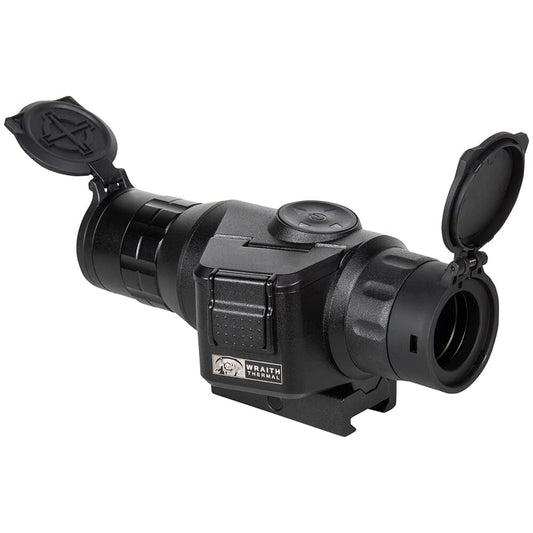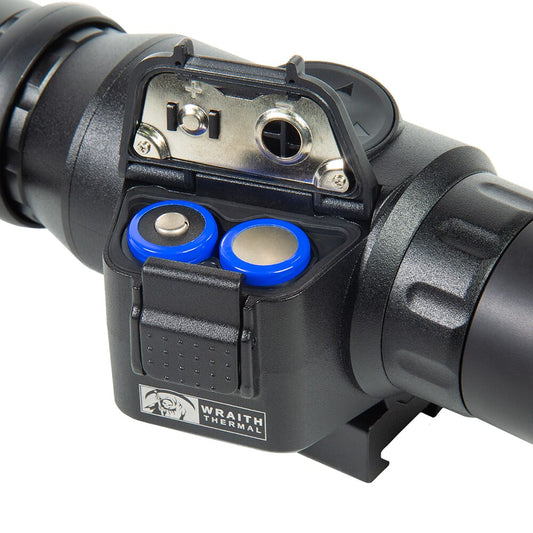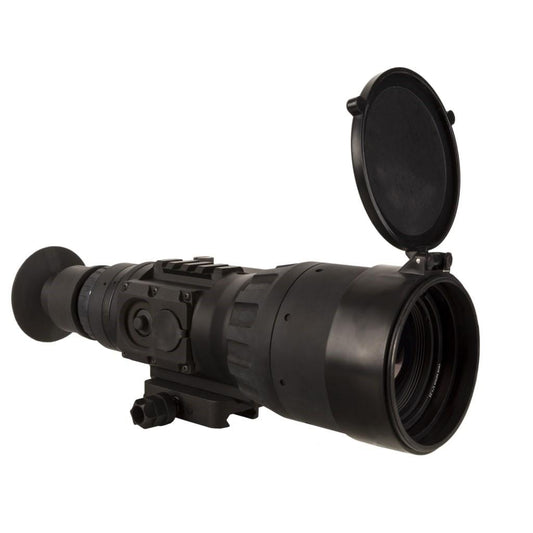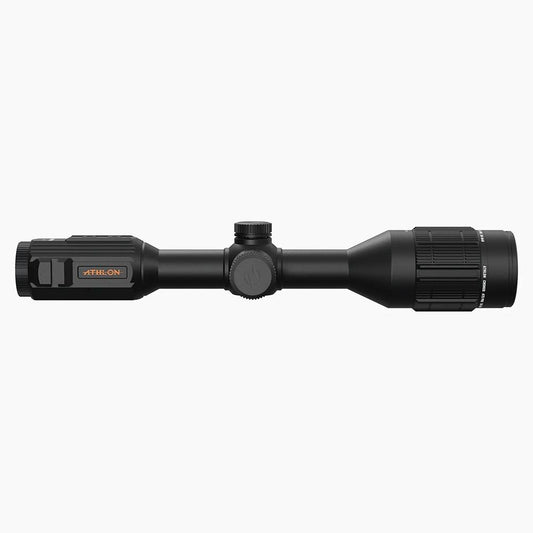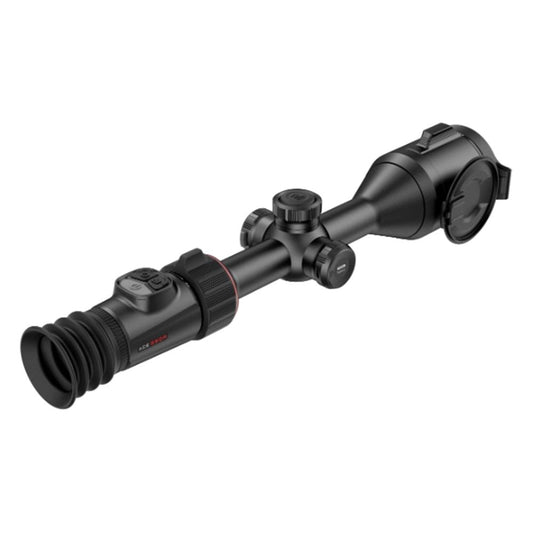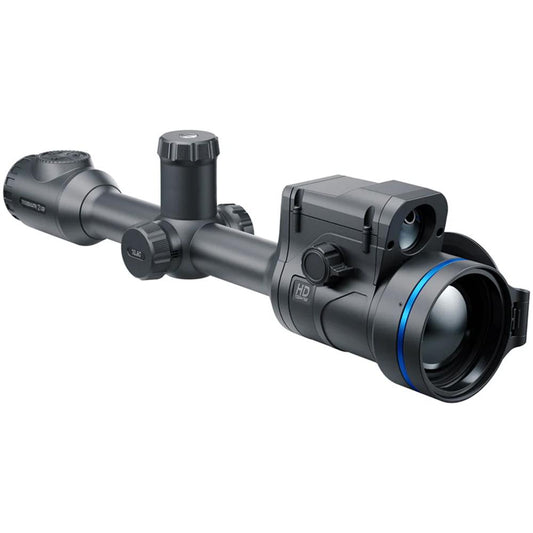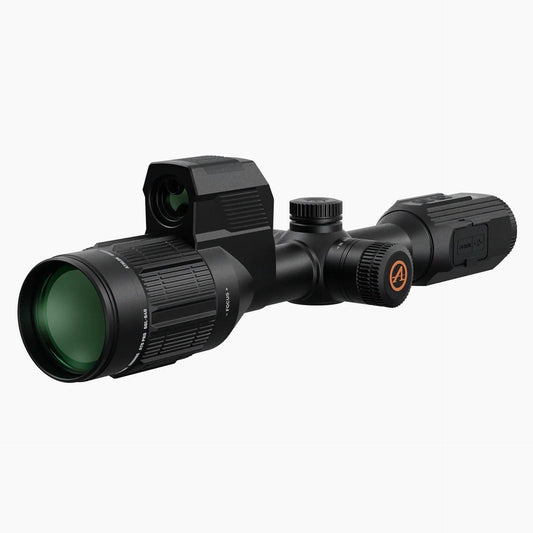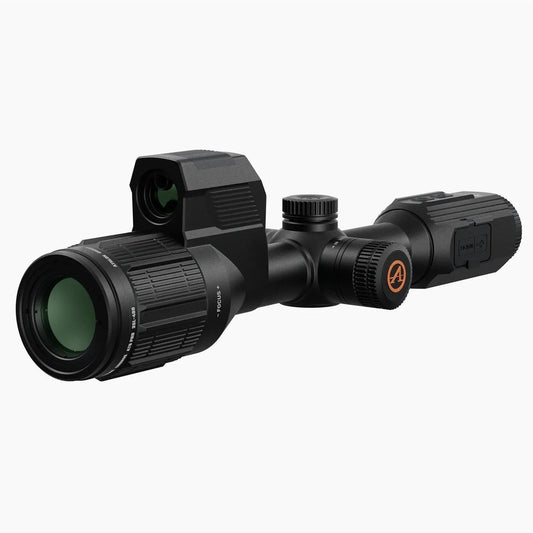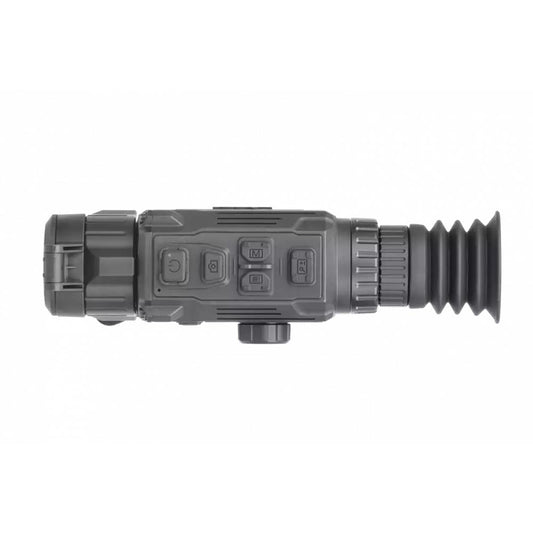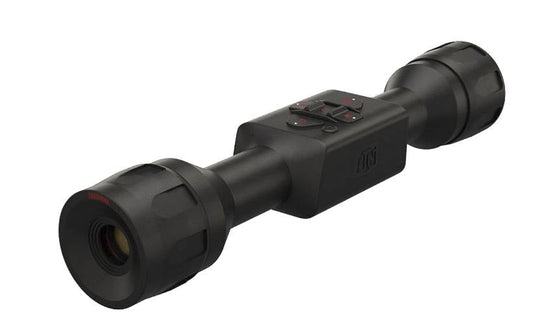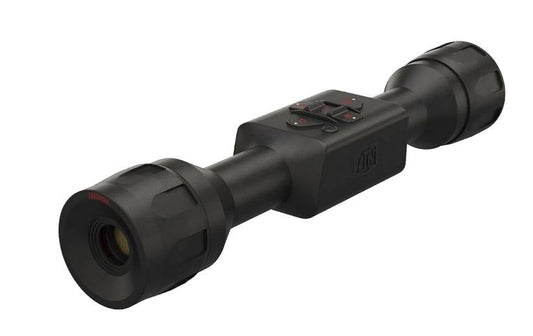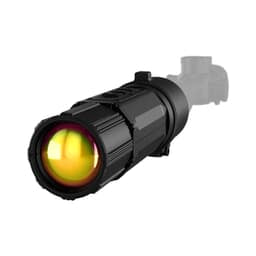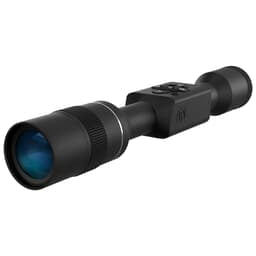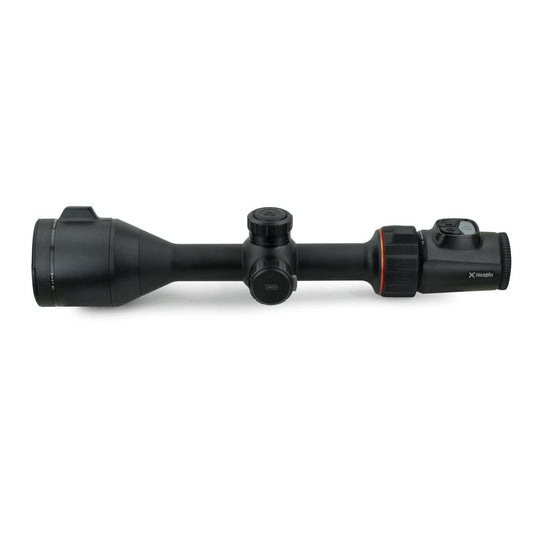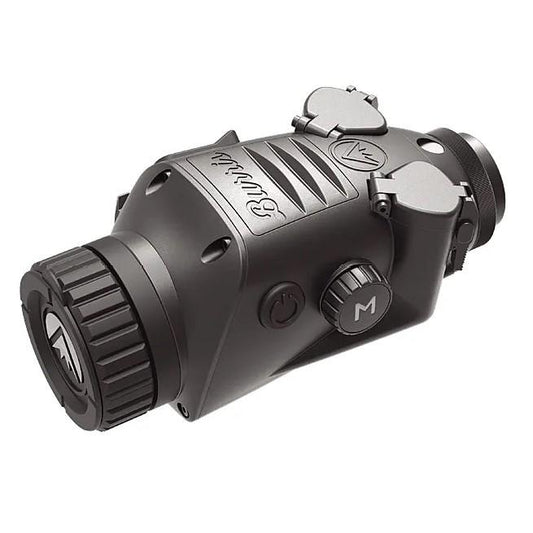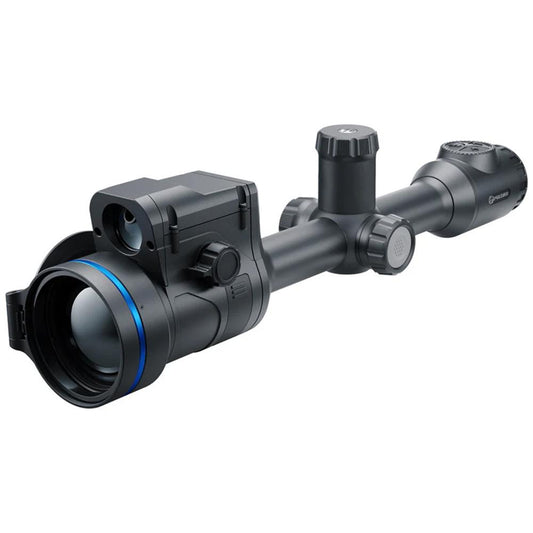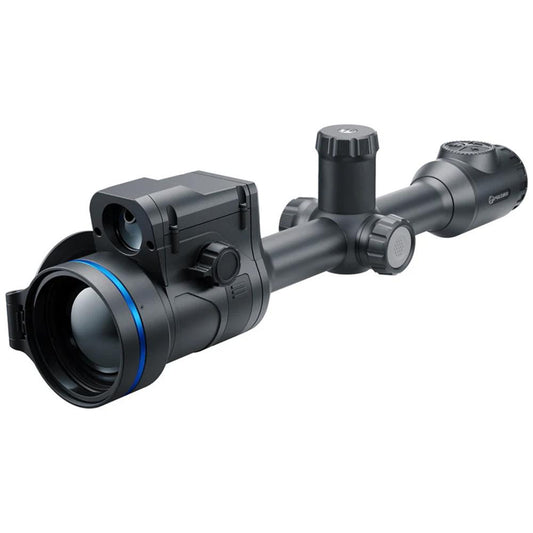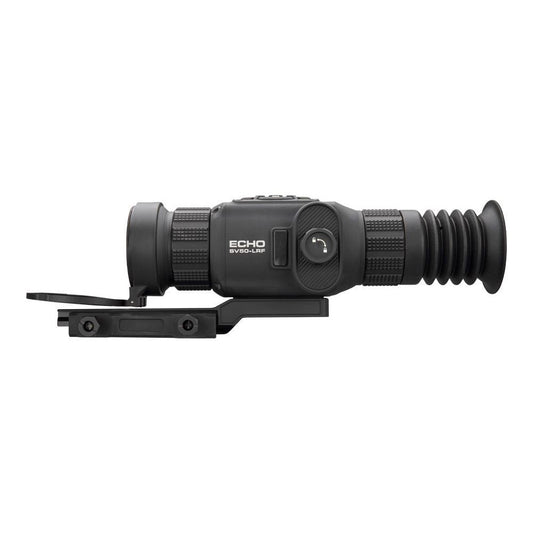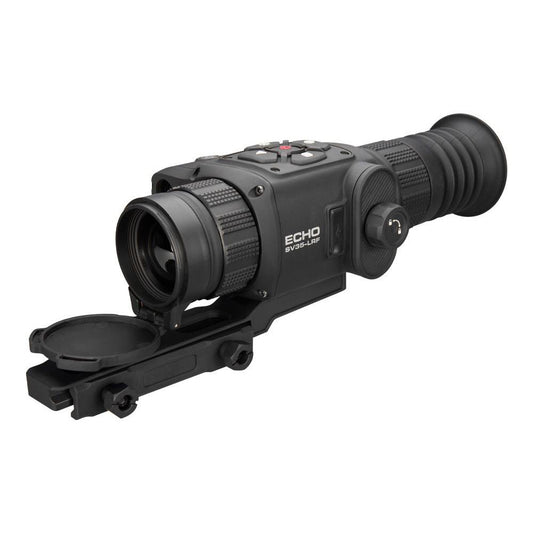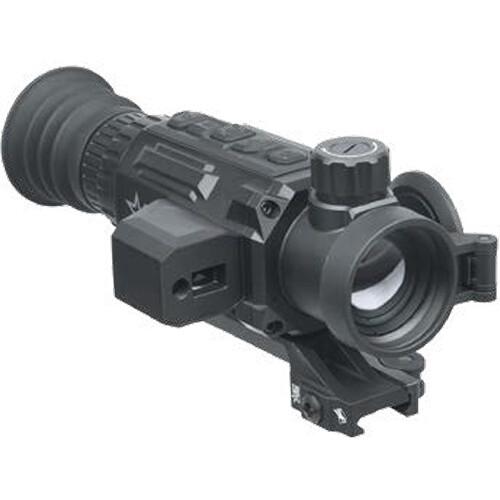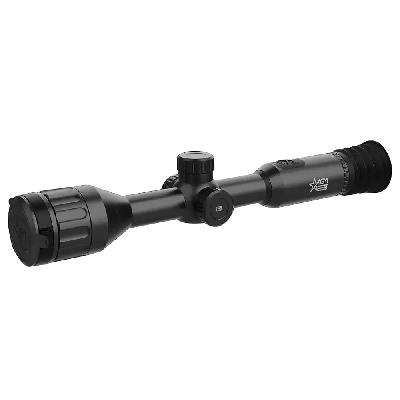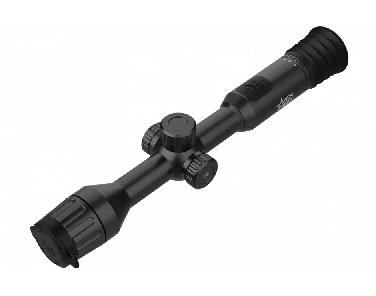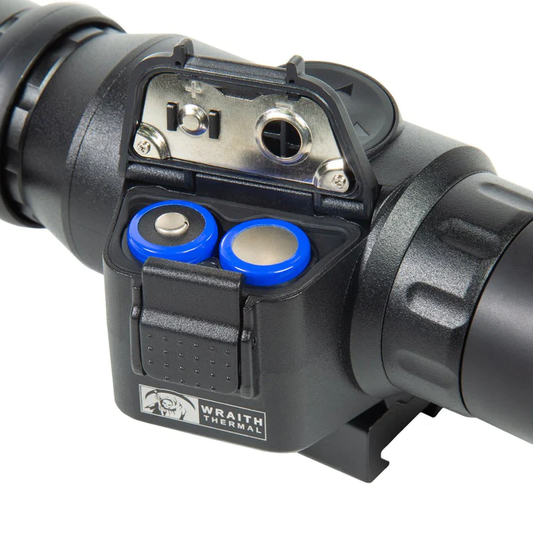Thermal & Night Vision Scopes – Top Brands & Features
- Featured
- Best selling
- Alphabetically, A-Z
- Alphabetically, Z-A
- Price, low to high
- Price, high to low
- Date, old to new
- Date, new to old
- Featured
- Best selling
- Alphabetically, A-Z
- Alphabetically, Z-A
- Price, low to high
- Price, high to low
- Date, old to new
- Date, new to old
Sightmark Wraith Mini 2-16x35mm 384x288 Thermal Riflescope SM17001
BLEMISHED Trijicon REAP-IR 60mm Thermal Riflescope 3x base Mag / 24x Mag
ATN TICO LTV 1x 640x480 50mm 12micron Thermal Clip-On w/QDM Mount TICOLTV650X
AGM Secutor LRF 50-640 Pro Grade Thermal Rifle Scope 12 Mic 640x512 50mm
AGM TS35-640 Adder 12um 640x512 Thermal Riflescope 50Hz 35mm 3142555005DTL1
AGM TS50-384 Adder 12um 384x288 Thermal Riflescope 50Hz 50mm 3142455006DTL1
Explore our collection of thermal and night vision scopes from top brands, designed for outdoor enthusiasts and professionals alike. These advanced optics provide clarity and precision, allowing you to see in low-light conditions and challenging environments.
Whether you’re hunting, wildlife watching, or enhancing your security measures, our selection offers the features you need. With options ranging from high-resolution displays to user-friendly interfaces, you can find the perfect scope to meet your specific requirements.
Top Brands You Can Trust
We carry a curated selection of thermal and night vision scopes from leading brands known for their quality and innovation. Each product is designed to enhance your viewing experience, ensuring you never miss a moment in the field.
Essential Features for Every User
Look for features like adjustable magnification, durable construction, and easy-to-use controls. These scopes are built to withstand harsh conditions while providing reliable performance when it matters most.
Ready to enhance your outdoor experience? Browse our rifle scopes collection to find the perfect match for your needs.

